Interview Patrick Kasingsing
Images Beer Singnoi
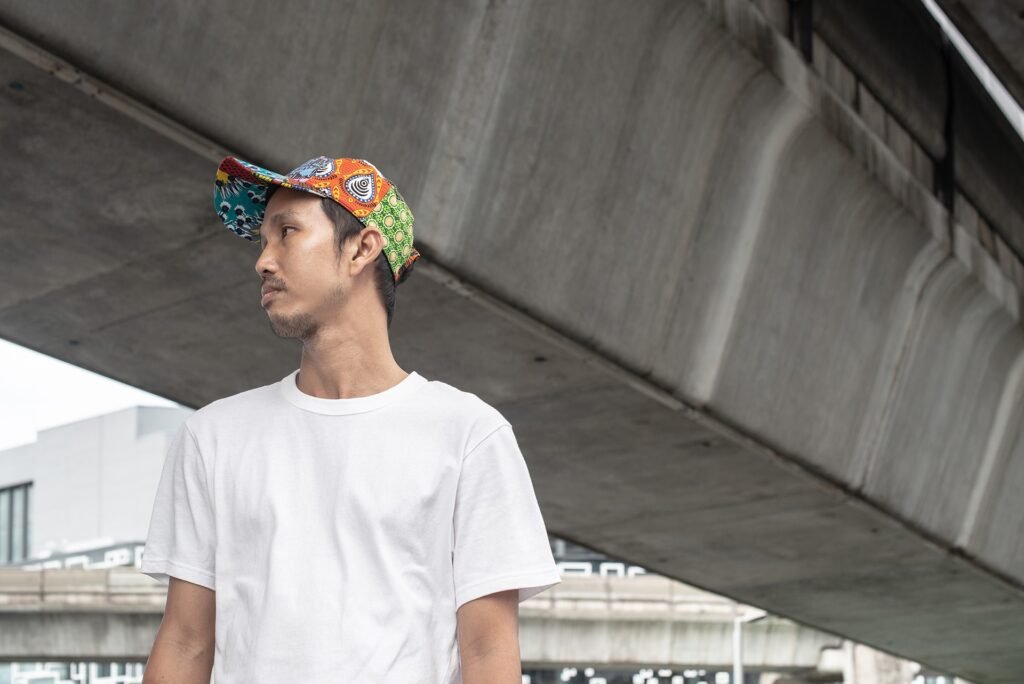

Sawadee krab, Beer! How’s life treating you so far?
Sawasdee krub. I’m doing fine. It might be a little complicated because COVID-19 makes it impossible to travel abroad. My travel plans are postponed, but I’m exploring Thailand more now while collecting more pictures of buildings.
สวัสดีครับ ตอนนี้ชีวิตก็สบายดี อาจจะยุ่งยากนิดหน่อยเนื่องจาก COVID-19 ทำให้ไม่สามารถเดินทางไปต่างประเทศได้ แผนการท่องเที่ยวหลายๆ อย่างต้องเลื่อนออกไปก่อน แต่ตอนนี้ผมพยายามใช้เวลาเดินทางภายในประเทศไทยเพื่อเก็บรวบรวมภาพตึกต่างๆให้มากขึ้น
Can you recount to us how you fell in love with architectural photography? What brought you closer to it than other genres of photography?
I graduated from architecture school where I got a basic foundation in architecture. I’ve been interested in photography since I was young. As a student, I liked going out to explore cities or buildings. It became a habit to carry a camera all the time. I learned to take pictures and observe the buildings around me.
After graduating, I tried to find a career that combines both, and architectural photography was a fitting career. I had to practice my photography skills more because we hadn’t really studied it [in school]. I practiced hard and often, and I mastered it [that way]. I think I am fortunate to do work that I love.
I think the challenge of architectural photography is bringing inanimate objects to life. The buildings can’t pose the way humans do, so the photographer has to be diligent in finding the best perspective for pictures.
ผมเรียนจบด้านสถาปัตยกรรม ทำให้มีพื้นฐานความรู้เกี่ยวกับสถาปัตยกรรมอยู่บ้าง และสนใจด้านการถ่ายรูปมาตั้งแต่สมัยเรียน เวลาออกไปสำรวจชุมชนหรืออาคารต่างๆ จึงติดเป็นนิสัยที่ต้องพกกล้องถ่ายรูปตลอดเวลา หัดถ่ายภาพและสังเกตอาคารรอบๆ ตัว
หลังจากนั้นเรียนจบมาก็พยายามหาอาชีพที่ใช้ความสามารถทั้งสองอย่างนี้เข้าด้วยกัน จนมาลงตัวกับอาชีพช่างภาพสถาปัตยกรรม
ต้องฝึกทักษะการถ่ายภาพเพิ่มเติม เพราะเราไม่ได้เรียนมาโดยตรง เรียนรู้จากการฝึกฝนบ่อยๆ จนชำนาญ ผมคิดว่าผมโชคดีที่ได้ทำงานอย่างที่เรารัก
และที่สำคัญ ผมว่าการถ่ายภาพสถาปัตยกรรมมันท้าทาย คือ เราต้องถ่ายทอดสิ่งของที่ไม่มีชีวิตให้ออกมามีชีวิตชีวาให้ได้ เราไม่สามารถสั่งให้อาคารโพสท่าต่างๆ ได้ ช่างภาพต่างหากที่ต้องขยันหามุมมองที่ดีที่สุดสำหรับการถ่ายภาพ


Chiang Mai University Biology Building 

Faculty of Medicine, MD 5 Building (1967)


We’ve seen how wildly distinctive and playful Thailand’s encounter with modernism is, thanks to your beautiful imagery. What attracted you to covering modernism as a movement and starting out your project, Foto_momo?
I am impressed by concrete buildings. I took pictures of weird buildings and posted it on my Facebook. It interested my friends and others, so I made a Facebook page to publish photos and building information such as the architect’s name, when it was built, etc. There wasn’t a lot of focus on modernism, and around that time a lot of many modern buildings in Thailand were being demolished.
The name Foto_momo stands for Fotograph of the Modern Movement, just like Docomomo [International] which works for the conservation of modern buildings.
I believe that many people will be as impressed by these strange buildings as I am. Five years ago, I went to work at the Prince of Songkla University, in southern Thailand. There I found the Pumpkin Building (built in 1969). I was very impressed and wondered why this great architecture is not being explored as it should be.
These structures are like a time capsule that contains the past’s atmosphere. It makes us nostalgic. Even though their glory has passed, you can still see traces of time. Our architectural heritage are filled with the great work of architects and engineers — construction techniques, design, material…There are hidden stories to discover.
เริ่มแรกมันเป็นความประทับใจส่วนตัว ผมสะดุดตากับตึกคอนกรีตยุคอดีตนี้ ก็เลยถ่ายภาพตึกแปลกๆ มารวบรวมเก็บไว้แล้วโพสต์ลงบน facebook ส่วนตัว ต่อมาก็เริ่มมีคนสนใจและติดตามมากขึ้นกลายเป็นกระแสที่ทำให้ก่อตั้ง facebook fanpage ขึ้นมา เพื่อเผยแพร่ภาพถ่ายเก็บเป็น archive สำหรับตึกยุคนี้โดยเฉพาะ และเลือก focus on ตึกยุคนี้เพราะคิดว่ามันยังไม่มีใครกล่าวถึง ประกอบกับมีเหตุการณ์รื้อตึกสมัยใหม่มากมายในช่วงนั้น
โดยชื่อ Fotomomo ก็ล้อเลียนมาจากองค์กร Docomomo ที่ทำงานด้านการอนุรักษ์อาคารยุคโมเดิร์น
ผมเชื่อว่าหลายๆคนคงประทับใจกับตึกที่รูปทรงแปลกประหลาด ผมเองก็เช่นกัน มีอยู่ครั้งหนึ่งผมไปทำงานในมหาวิทยาลัยทางภาคใต้ของประเทศไทย ที่นั่นผมเจอตึกฟักทอง รู้สึกประทับใจและสงสัยมากว่าทำไมงานสถาปัตยกรรมดีๆแบบนี้ไม่ได้รับการพูดถึงเท่าที่ควร
สถาปัตยกรรมเหล่านี้เป็นเสมือน time capsule ที่เก็บบรรยากาศจากอดีตกาล ทำให้เรารู้สึกโหยหาภาพเหล่านั้น แม้ว่าความรุ่งโรจน์นั้นจะผ่านมาแล้ว แต่ผมยังเห็นร่องรอยของกาลเวลาที่เคยปรากฏขึ้น ผมคิดว่านี่คือมรดกทางสถาปัตยกรรมที่ทั้งสถาปนิกและวิศวกรช่วยกันสร้างสรรค์เอาไว้อย่างดียิ่ง โดยเฉพาะ เทคนิคการก่อสร้าง การออกแบบที่ล้ำสมัย มีเรื่องราวที่น่าค้นหาซ่อนอยู่
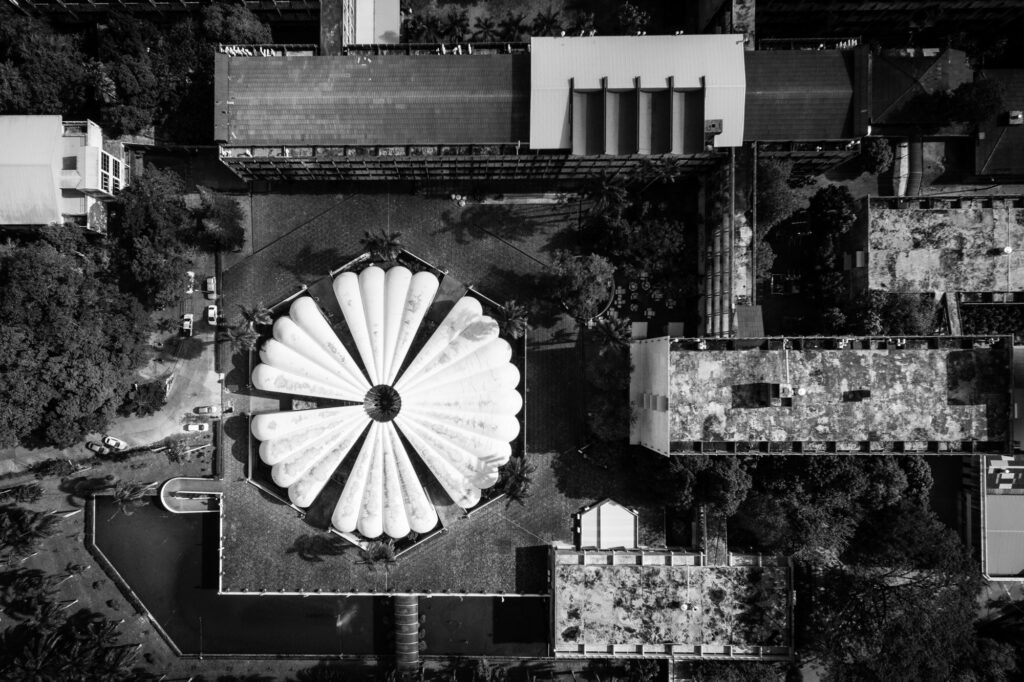
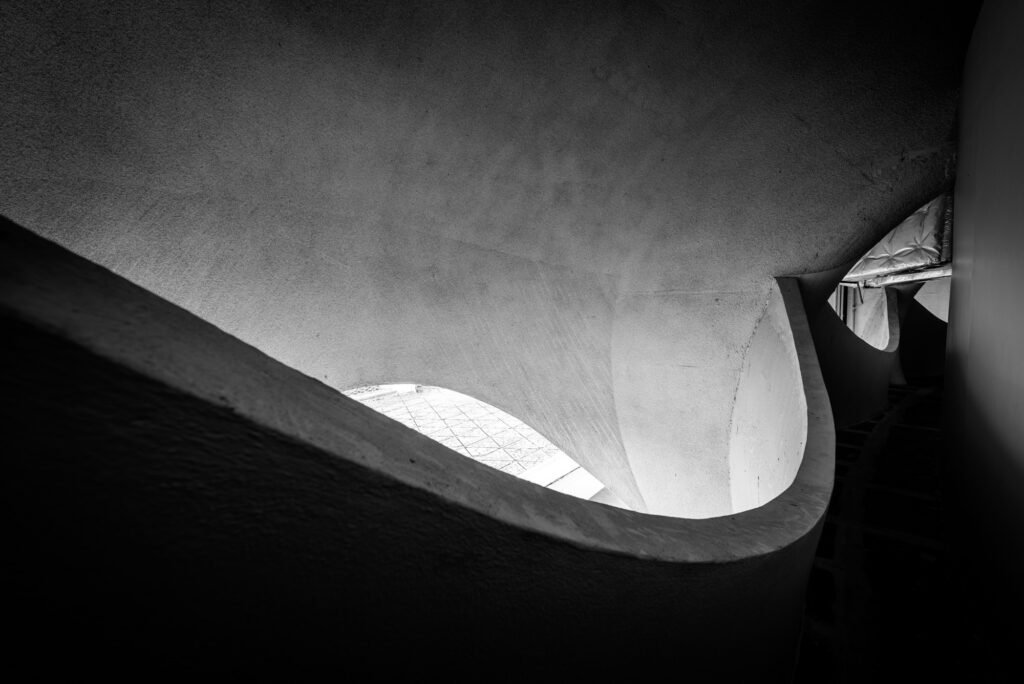

How would you describe Thailand’s relationship with built heritage? While I notice a lot of reverence for traditional, pre-war architecture, instances like the Scala Theater closure show that the same attention isn’t given to post-war built heritage. Why do you think this is so?
It is natural for cities to experience physical transformations. Each country has its own traditional architecture to represent its civilizational roots. But as we entered the modern age, universal models prevailed that influenced the architecture of the world. Even in Asia, there is a clash between the old and the new.
Thailand is among those that have both traditional and modernist [architectural] styles. Half a century ago, Thailand started modernizing. The city grew bigger and taller, and many roads and highways were built. Newly-built structures were designed following the modern movement.
We see buildings from various eras scattered around Thailand. But overall, Thailand places more emphasis on traditional preservation, with modern buildings unrecognized.
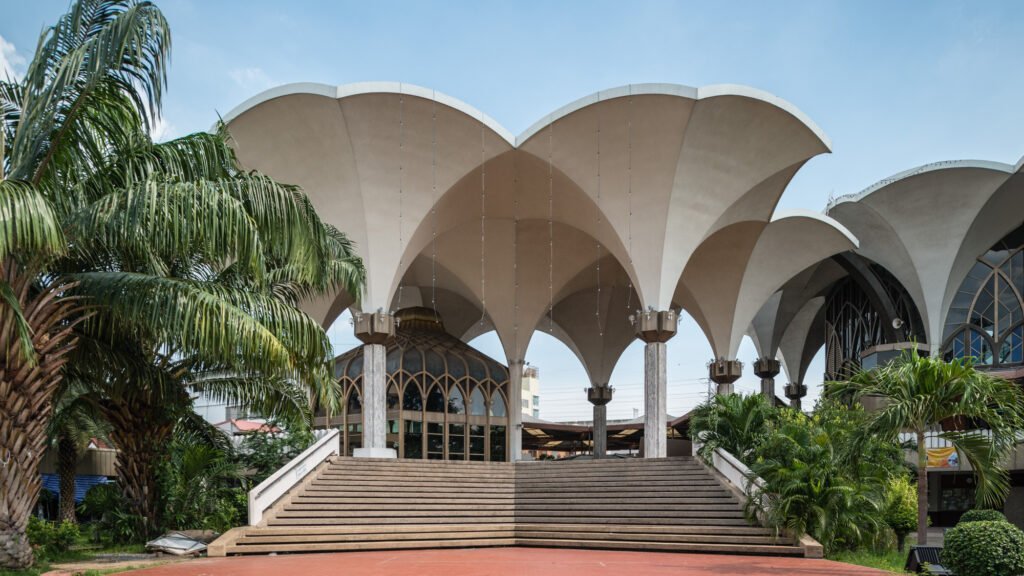

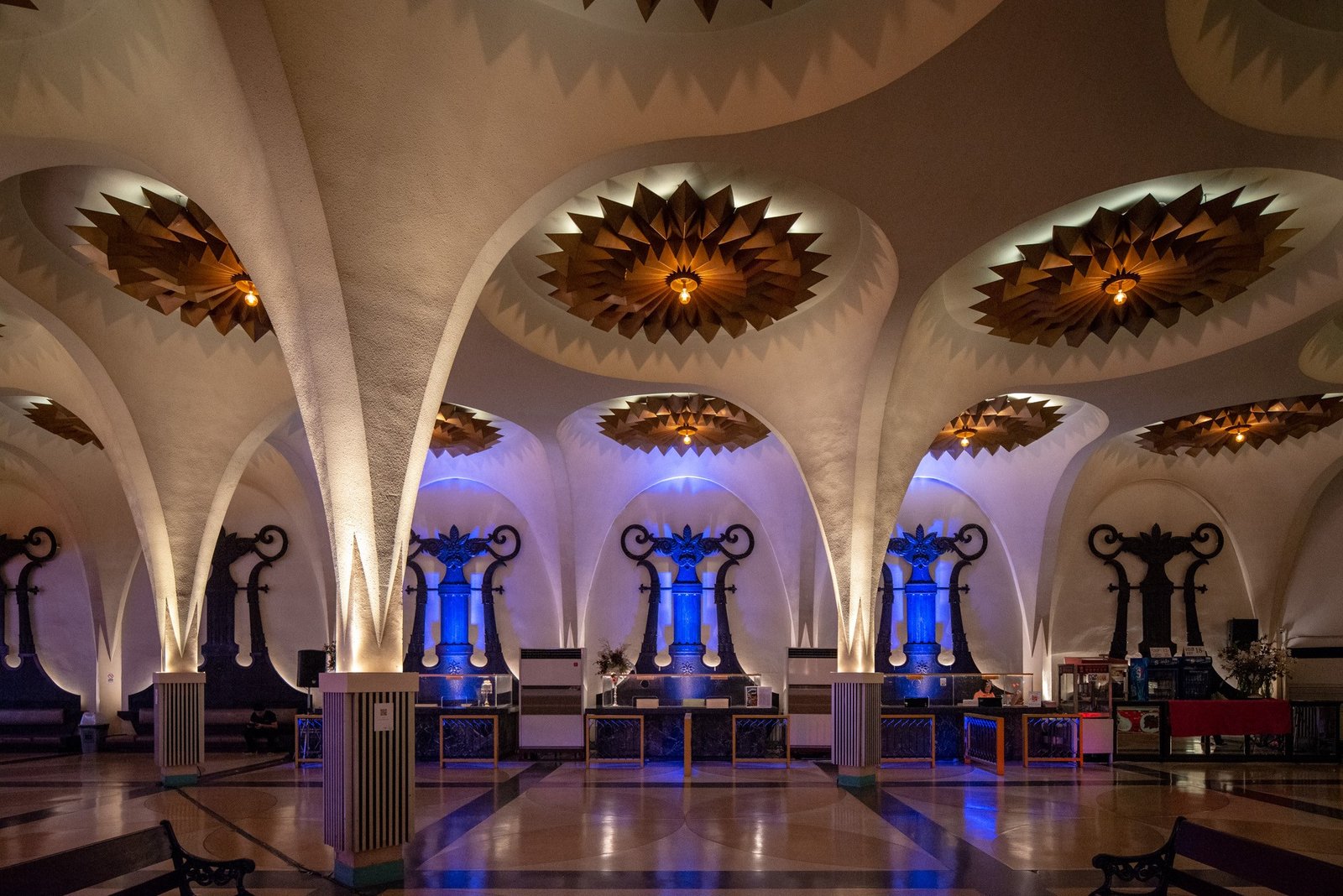

Because of the destruction, there is very little left of our modern architectural heritage for the next generation to study. Just through photos in a book.
In the case of Scala, I understand that the area at the center of the capital is worth a lot. [There is a need to] facilitate change, to respond to [need of] the economy. But when considering the building, I believe we should have resisted the destruction of buildings like it. There should be a better solution than demolishing to build a new one. The spirit of the old building cannot be rebuilt. We should maintain a balance between economic value and intangible value.
ผมคิดว่าเป็นเรื่องธรรมดาที่แต่ละประเทศจะต้องเผชิญกับความเปลี่ยนแปลงทางกายภาพของเมือง ในแต่ละพื้นที่มีสถาปัตยกรรมแบบประเพณีที่แสดงถึงรากเหง้าทางอารยธรรมของตนเอง แต่พอเข้าสู่ยุคโมเดิร์น รูปแบบความสากลกลายเป็นกระแสหนึ่งที่มีบทบาทต่อวงการสถาปัตยกรรมของทั้งโลก ไม่เว้นแม้แต่ในเอเชีย นั่นจึงเกิดการปะทะกันระหว่างสิ่งเก่าและสิ่งใหม่ แม้ว่าเราจะชอบหรือไม่ก็ตาม แต่สถาปัตยกรรมเหล่านี้คือหลักฐานสำคัญว่าสังคมของเรามีประวัติศาสตร์เพิ่มขึ้นมาอีกหนึ่งหน้า
ประเทศไทยก็เป็นหนึ่งในนั้นที่มีทั้งสถาปัตยกรรมแบบเก่าและใหม่ ย้อนกลับไปเมื่อครึ่งทศวรรษที่แล้วประเทศไทยกำลังพัฒนาเข้าสู่โลกสมัยใหม่ เมืองขยายตัวขึ้น เกิดถนนมากมาย ทำให้ตึกที่สร้างขึ้นใหม่เกิดขึ้นพร้อมกับกระแส modern movement
จนปัจจุบันนี้ เราจึงเห็นตึกหลายยุคสมัยกระจัดกระจายไปทั่ว ซึ่งภาพรวมของประเทศไทยนั้นให้ความสำคัญกับการอนุรักษ์ traditional มากกว่า จึงทำให้ตึกโมเดิร์นไม่ได้รับการยอมรับ
คนทั่วไปอาจจะมองข้ามคุณค่าของตึกยุคนี้ เพราะเป็นตึกที่ดูเก่า เสื่อมโทรม ขาดการดูแลรักษา และดูเหมือนจะไม่วิจิตรบรรจงสมควรจะเป็นสมบัติของชาติ นั่นจึงทำให้ตึกยุคนี้ถูกปล่อยปะละเลย, ปรับเปลี่ยนโครงสร้างโดยไม่เหลือความดั้งเดิม, หรือถูกทุบลงไปเพื่อสร้างอาคารใหม่ที่มีประโยชน์ใช้สอยมากกว่า
การทำลายมรดกทางสถาปัตยกรรมทำให้คนรุ่นหลังไม่เหลือตัวอย่างอาคารไว้ให้ศึกษา เหลือน้อยมากเพียงแค่ในหนังสือ
กรณีของ Scala ผมเข้าใจดีว่า ที่ดินใจกลางเมืองแบบนั้นมีมูลค่ามาก เอื้อให้เกิดการเปลี่ยนแปลงตอบสนองให้คุ้มค่าเศรษฐกิจ แต่หากมองในแง่มูลค่าที่มิอาจประเมินได้ของอาคาร ผมเชื่อว่าเราน่าจะยับยั้งใจไม่ให้ทุบอาคารแบบนั้น ควรจะมีทางออกที่ดีกว่าการรื้อแล้วสร้างใหม่ เพราะจิตวิญญาณของตึกเก่านั้นสร้างขึ้นมาใหม่ไม่ได้ เราควรรักษาสมดุลระหว่างมูลค่าทางเศรษฐกิจและคุณค่าที่จับต้องไม่ได้


What more do you think can be done to inspire awareness and appreciation of Thailand’s modernist heritage? Why is it just as important to give it attention as older heritage examples?
I would like to have a centralized collection of architectural data such as drawings, schematics, photographs, or models—creating as many databases as possible. If in the future some buildings disappear, we will still have old pictures to study. I would like to promote the historical potential of modern buildings.
Each style of architecture has its own value, and it doesn’t have to depend on time or age. Some architecture is valuable because it is what shakes society to change, such as theaters, cinemas and stadiums, creating new public spaces in Asian society. Value can also be derived from buildings built using construction techniques that aren’t presently used.
We should consider architectural values in many dimensions and not just limited to size, age or whether they’re designed by famous architects.
ผมอยากให้มีศูนย์ข้อมูลเพื่อรวบรวม archive ของอาคาร เช่น แบบแปลน รูปถ่าย หรือโมเดล เพื่อเป็นฐานข้อมูลมากที่สุดเท่าที่จะมากได้ ถ้าในอนาคต ตึกบางแห่งอาจจะถูกรื้อออกไป เราก็ยังพอจะมีรูปเก่าๆ ไว้ให้ได้ศึกษาบ้าง ผมอยากจะส่งเสริมคุณค่าของอาคารสมัยใหม่ว่ามีศักยภาพทางประวัติศาสตร์ และธุรกิจได้ด้วย
สถาปัตยกรรมแต่ละยุคนั้นมีคุณค่าในตัวของมันเอง คุณค่าไม่จำเป็นต้องขึ้นกับกาลเวลาหรืออายุที่เก่าแก่กว่า สถาปัตยกรรมบางชิ้นอาจมีคุณค่าเพราะมันเป็นสิ่งที่เขย่าสังคมให้เปลี่ยนไป เช่น โรงภาพยนตร์หรือสนามกีฬาที่สร้างพื้นที่สาธารณะให้เกิดขึ้นมาใหม่ในสังคมเอเชีย หรือ เทคนิคการก่อสร้างที่ไม่สามารถทำได้แล้วในปัจจุบัน
และเราควรพิจารณาคุณค่าทางสถาปัตยกรรมในหลายมิติ ไม่จำกัดเพียงขนาด, อายุ หรือออกแบบโดยสถาปนิกที่มีชื่อเสียงเท่านั้น
Are there adaptive reuse projects or initiatives in Thailand now that promote the heritage preservation agenda that you admire? What makes their approach laudable?
Although in these past few years many modernist buildings in Thailand had been demolished, there are still some architects (and owners) who fortunately see the importance of conservation. It’s such a good starting point.
แม้ว่าช่วงไม่กี่ปีที่ผ่านมานี้ อาคารโมเดิร์นในประเทศไทยจะถูกรื้อถอนออกไปมากก็ตาม แต่ก็ยังโชคดีที่มีสถาปนิกบางกลุ่มเห็นความสำคัญของการอนุรักษ์ เป็นจุดเริ่มต้นที่ดี เป็นตัวอย่างที่น่ายกย่อง เช่น
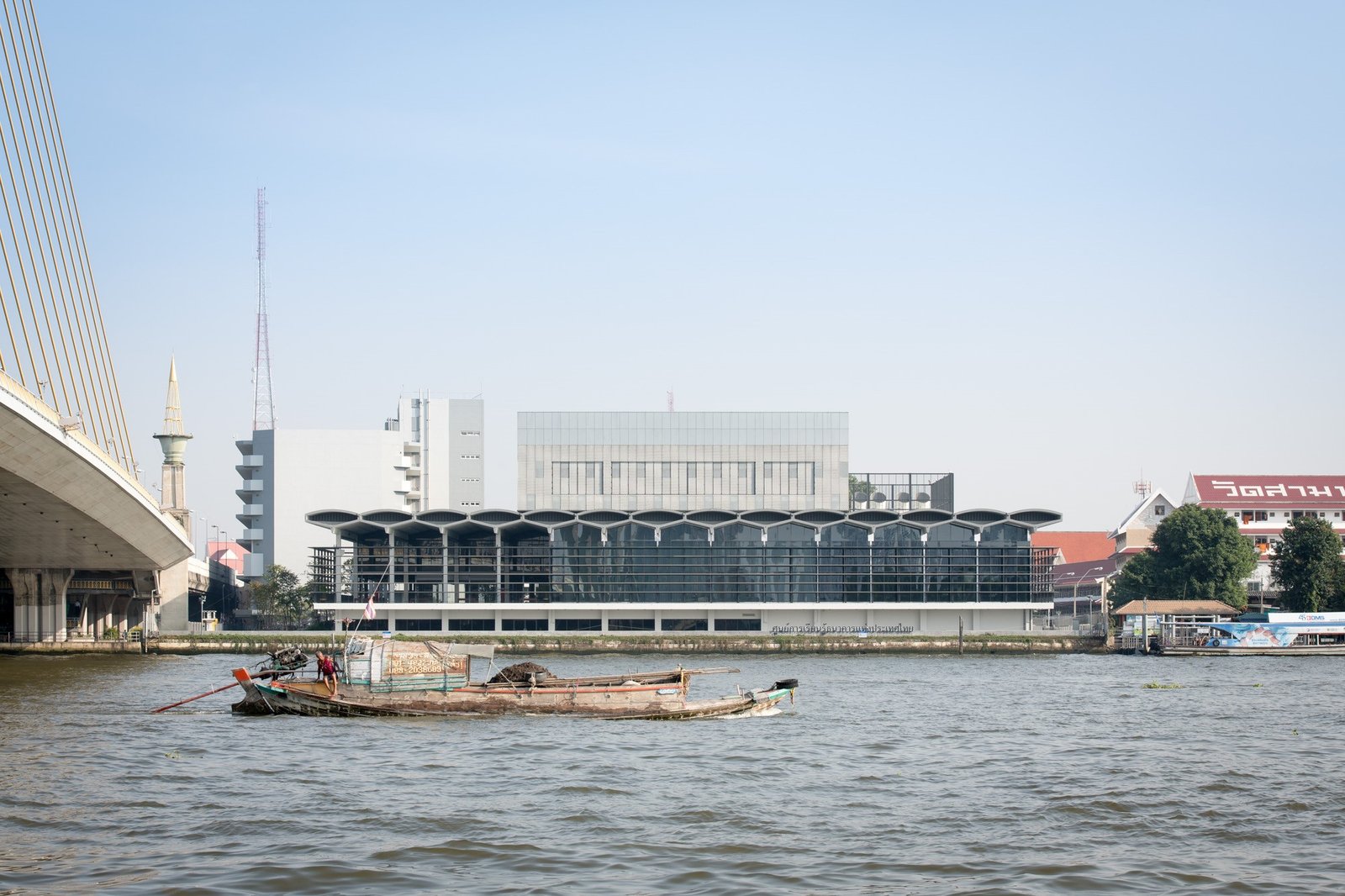

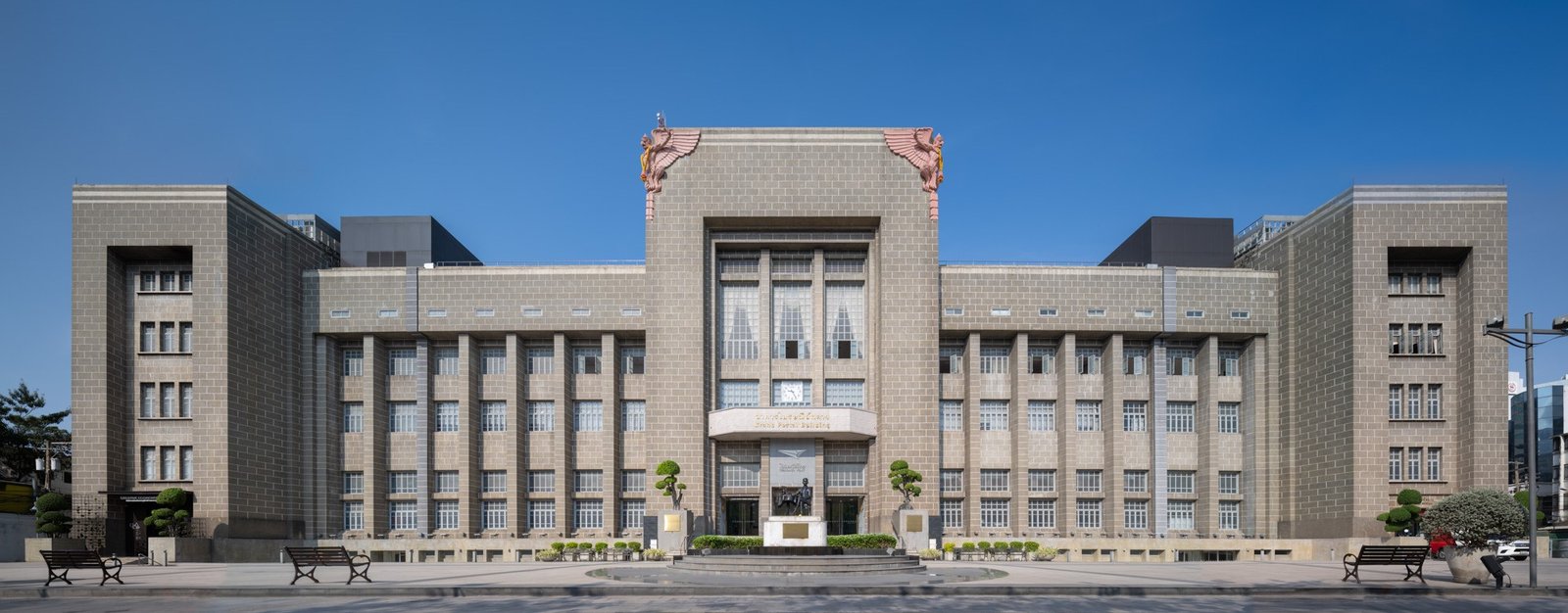

Do you have set itineraries for your modernist photo walks? What do you do to prepare?
Before a trip, I have to plan the route—researching information from old books, magazines, and websites. To find out where the building is, I use Google Maps or Google Street View to survey it first, to be sure.
Then I plot the location on the map. To save time and money, I plan my trip according to the zone I’m going to. But sometimes I get there too late and find that certain buildings are demolished. More important buildings are easy to find. Sometimes, I come across buildings unexpectedly, so I keep being observant of the surroundings.
My technique is to analyze contexts such as the environment, direction, sunshine, height of the surrounding buildings. It helps make it easier for me to take pictures.
ก่อนออกเดินทาง ผมวางแผนคร่าวๆ โดยศึกษาข้อมูลจากหนังสือ วารสารเก่า เวบไซต์ เพื่อให้รู้ว่าอาคารนั้นตั้งอยู่ตรงไหน ต้องใช้ Google Map หรือ Street View สำรวจดูก่อนเพื่อความแน่ใจ
เมื่อได้ข้อมูลที่แน่นอนแล้ว ก็ plot ตำแหน่งลงในแผนที่ วางแผนการเดินทางว่าทริปนี้จะไปโซนไหน เพื่อประหยัดเวลาและค่าใช้จ่าย แต่บางครั้งไปถึงสถานที่นั้น อาคารนั้นก็หายไป มาช้าไป
กรณีที่อาคารนั้นมีความสำคัญจะหาข้อมูลได้ง่าย และก็มีบางครั้งที่เราเจออาคารโดยไม่คาดคิด ขณะเดินทางต้องสังเกตอาคารรอบตัวตลอดเวลา
ทริคอีกอย่างหนึ่ง คือ วิเคราะห์บริบทต่างๆ เช่น สภาพแวดล้อม ทิศทางแดด ความสูงของอาคารโดยรอบ จะทำให้ผมถ่ายภาพได้ง่ายขึ้น
What’s a favorite structure you have shot? What made it different from all the rest that met your lens?
I like concrete structures. It can be rough or smooth, even from the same perspective, but it changes the moment it’s hit by sunlight. I can capture it with different emotions. Architectural photography involves being able to find a perspective that makes the building stand out as the hero of the work.
ผมชอบโครงสร้างคอนกรีต เป็นวัสดุที่สามารถทำให้ขรุขระหรือเรียบก็ได้ แม้ใน perspective เดียวกันแต่ถ้าเปลี่ยนช่วงเวลาที่แสงแดดตกกระทบ ผมก็อาจจะถ่ายภาพได้อารมณ์แตกต่างกันผมคิดว่าความแตกต่างของการถ่ายภาพสถาปัตยกรรม คือ การค้นหามุมมองที่จะทำให้อาคารนั้นโดดเด่นขึ้นมาเป็นพระเอกของผลงาน
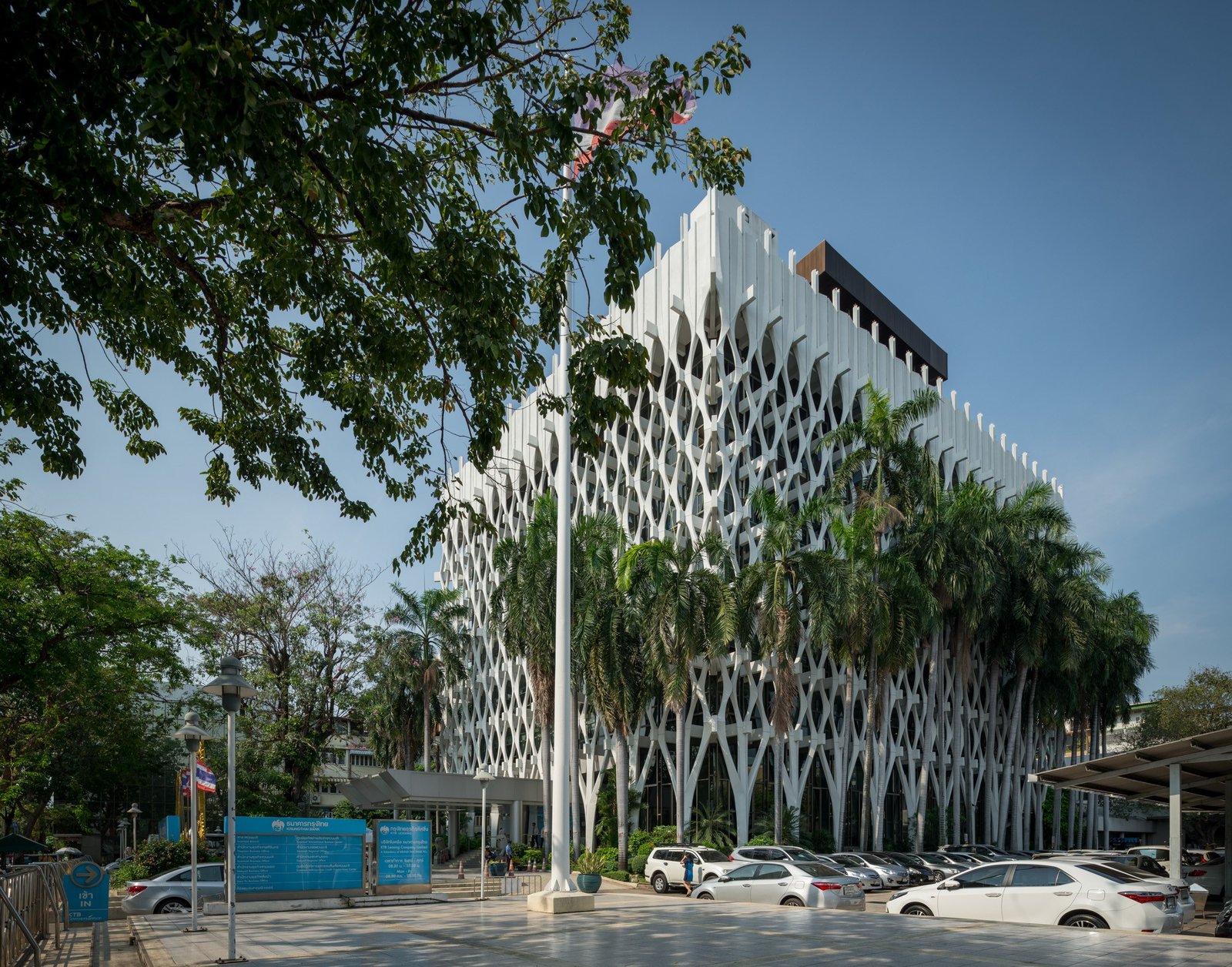

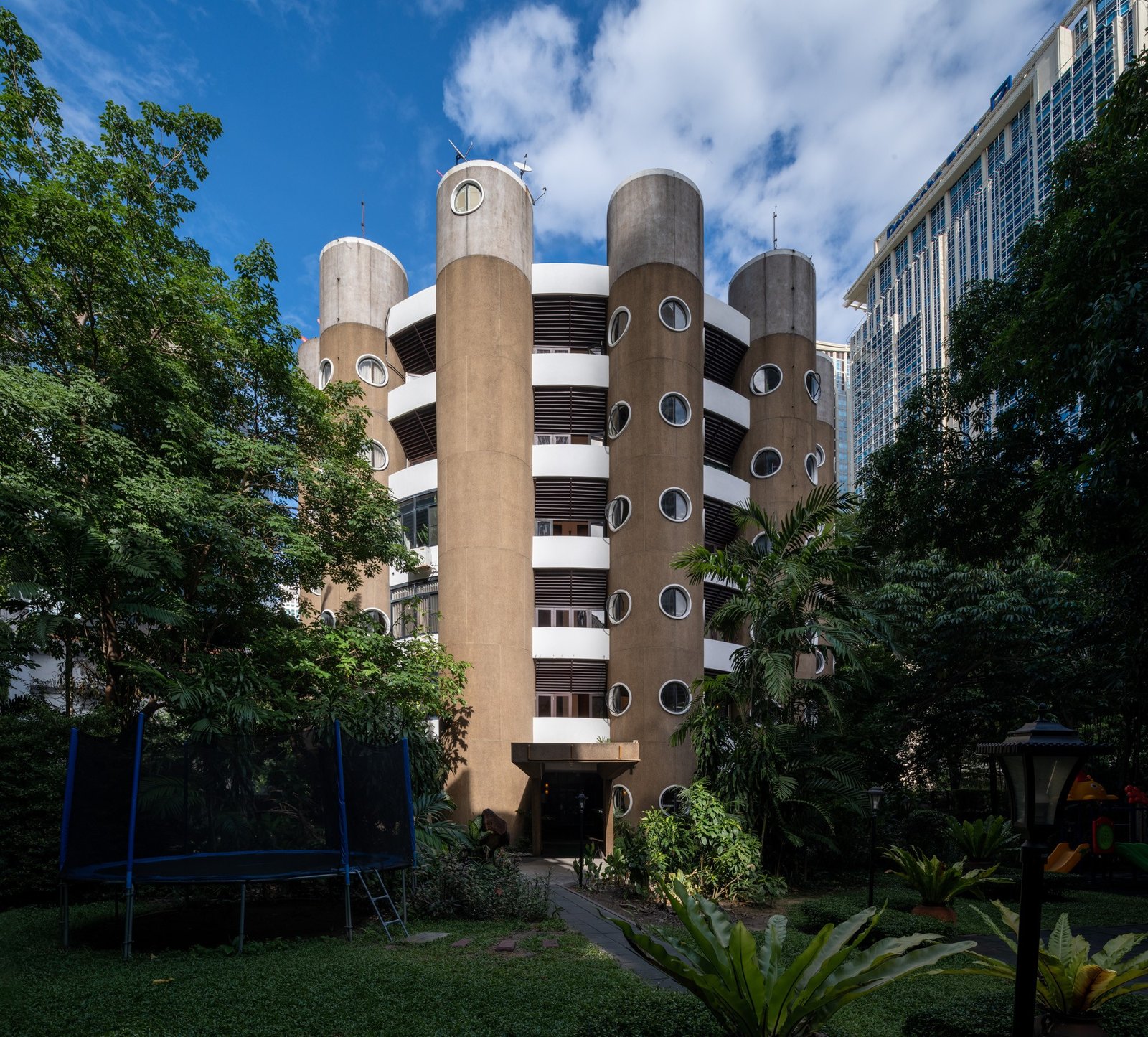

Aside from your crusade to document Thailand’s modernism, you have documented the modernist built heritage of select African cities. What insights did you pick from the experience? What is different about the execution or reaction towards modernism in the African context?
I was fortunate to receive an invitation from the Royal Thai Embassy in Maputo for the Mozambique project. I was tasked to take pictures of the embassy office. When the work is done, I spent the rest of my time there to photograph the architecture that I’m interested in.
Africa was a nice experience. Maputo still preserves a lot of art deco style architecture with Portuguese influences. The city changes more slowly than anywhere else, likely because of its social and economic conditions.
In the eyes of outsiders, I want to have a city that plans for heritage development made with the understanding of both the people and the government. Many cities can craft good stories and become tourist spots. At the same time, it must not be too frozen. I believe that the population definitely wants to live more modernly as with other [global] cities.
โครงการที่โมซัมบิกนั้น เป็นโชคดีที่ได้รับคำเชิญจากสถานทูตไทยประจำเมือง Maputo ครั้งนั้นผมได้รับมอบหมายให้ไปถ่ายภาพออฟฟิศสถานทูต เมื่อทำงานเสร็จแล้วจึงใช้เวลาอยู่ที่นั่นต่อเพื่อถ่ายภาพสถาปัตยกรรมที่เราสนใจ
เป็นประสบการณ์ที่ดีในแอฟริกา เมือง Maputo ยังคง preserve อาคารสไตล์ art deco ที่ได้รับอิทธิพลจากโปรตุเกสเยอะมาก
เมืองยังคงเปลี่ยนแปลงช้ากว่าที่อื่น น่าจะเพราะสภาพสังคมและเศรษฐกิจ
ในสายตาของคนภายนอก เราอยากให้เมืองที่ยังมีมรดกนี้ พัฒนาอย่างมีแบบแผนและเลือกวิธีที่เหมาะสมกับตัวเอง เมืองหลายแห่งสามารถสร้างเรื่องราวได้ดีกลายเป็นจุดเด่นสำหรับการท่องเที่ยว ขณะเดียวกันก็ต้องไม่แช่แข็งจนเกินไป เชื่อว่าประชากรนั้นอยากมีชีวิตที่ทันสมัยมากขึ้นแน่นอน
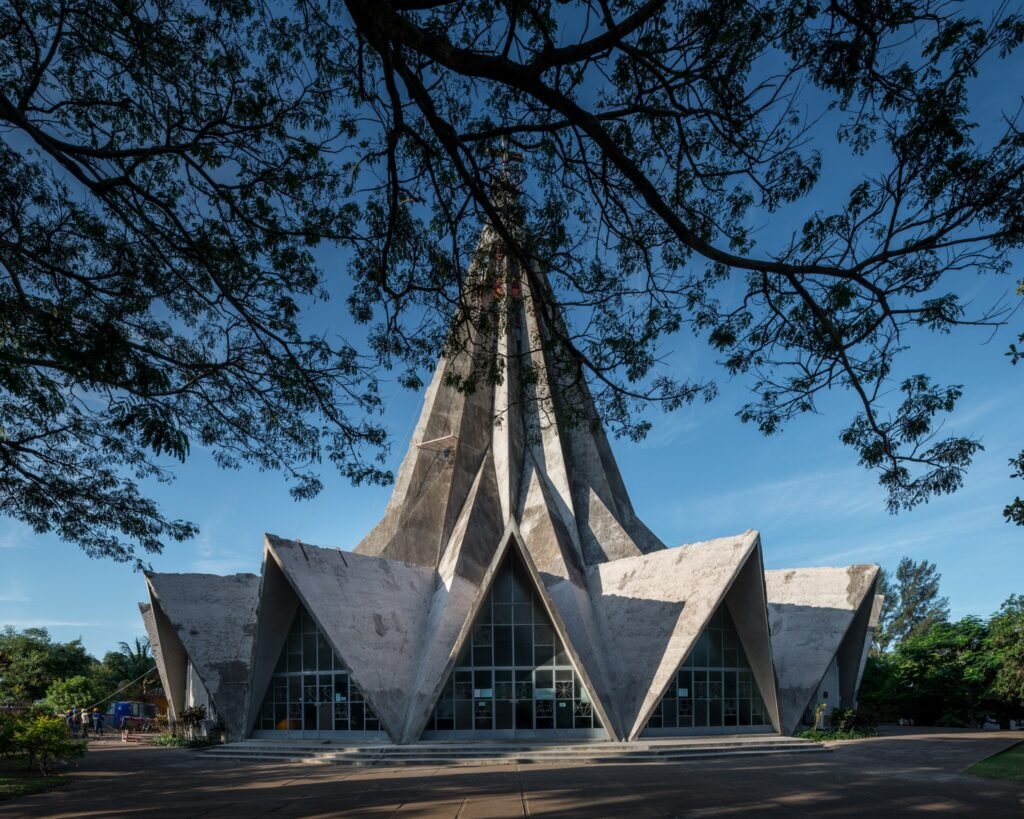

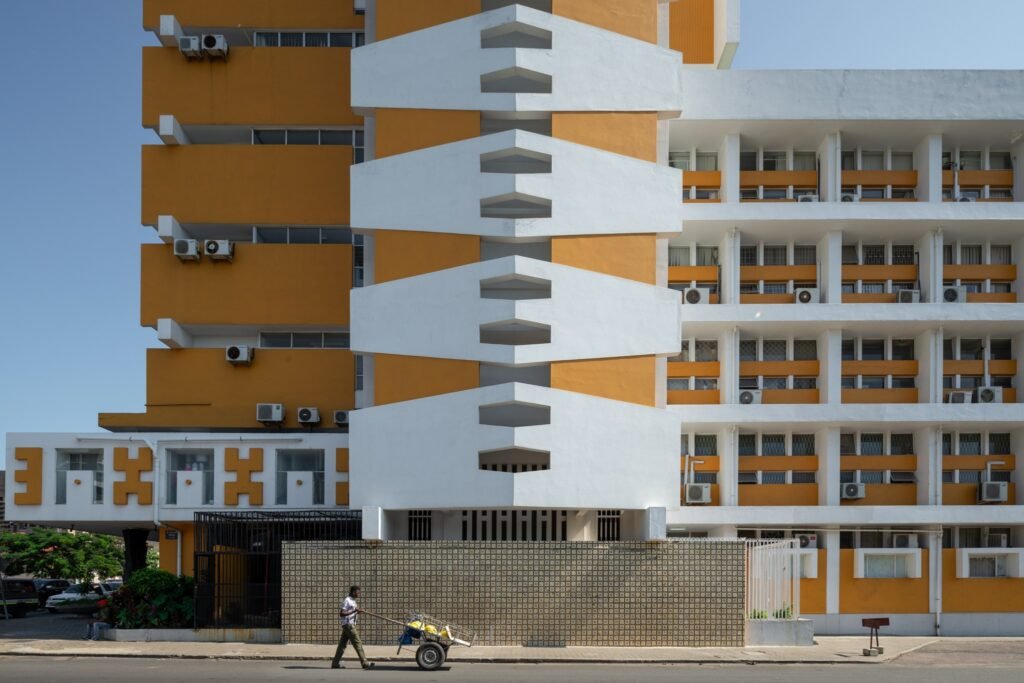

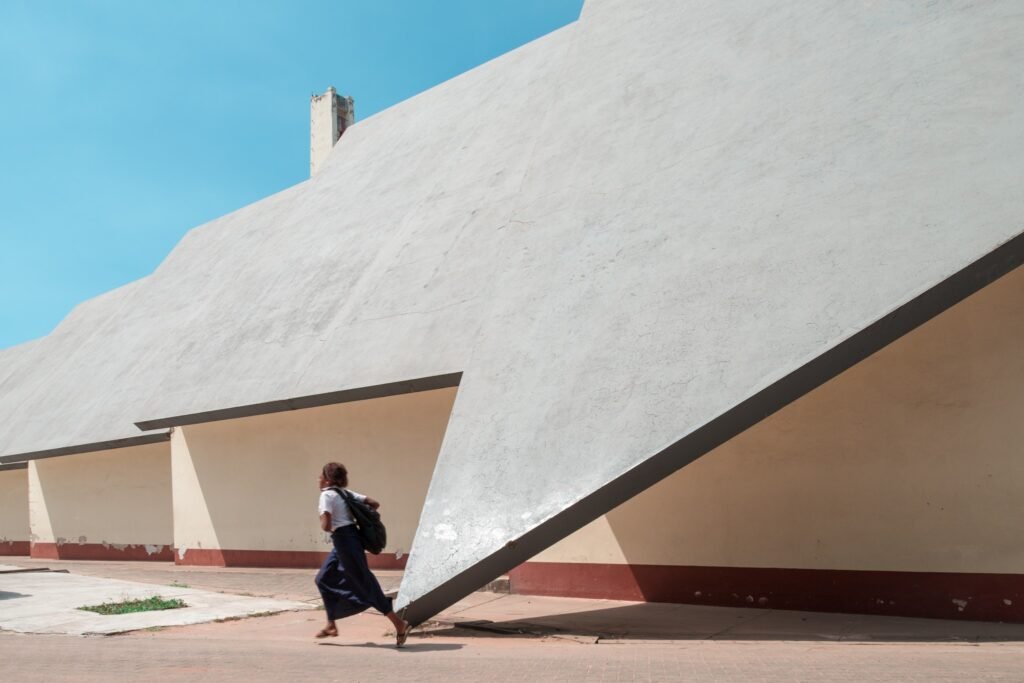

We are at a period in time where rampant disinformation and freedom of expression have blended into a toxic mix. How do you think your study and documentation of built heritage can contribute positively to the discourse on Thai architecture?
From my experience interviewing building owners, [some] don’t think that modern buildings cater to their lifestyle. Sometimes [a building is a product of] the architect’s idea being forced to be accepted by the owner of the house.
On the other hand, modernity still has to adapt to the context of a tropical country like Thailand, particularly concerning the environmental issues that pervade around the world.
Sometimes we have to overlook style. Architects should design the building to be a comfortable space for the real user.
จากประสบการณ์ที่ได้สัมภาษณ์เจ้าของอาคาร พวกเขาไม่ได้คิดว่าอาคารโมเดิร์นตอบสนองทุกอย่างในวิถีชีวิตได้ บางครั้งมันกลายเป็นการยัดเยียดแนวความคิดของสถาปนิกมาสู่เจ้าของบ้าน ในทางตรงข้ามความเป็นโมเดิร์นต้องปรับตัวให้เข้ากับบริบทของเมืองร้อนอย่างประเทศไทย ให้เข้ากับยุคสมัย โดยเฉพาะ issue เรื่องสิ่งแวดล้อมที่เราควรตระหนักึงปัญหานี้ทั่วโลก รวมถึงในวงการสถาปัตยกรรมด้วย
บางครั้งเราต้องมองข้ามเรื่องสไตล์ สถาปนิกควรออกแบบอาคารที่สร้าง ภาวะน่าสบายให้กับผู้ใช้งานจริงๆ
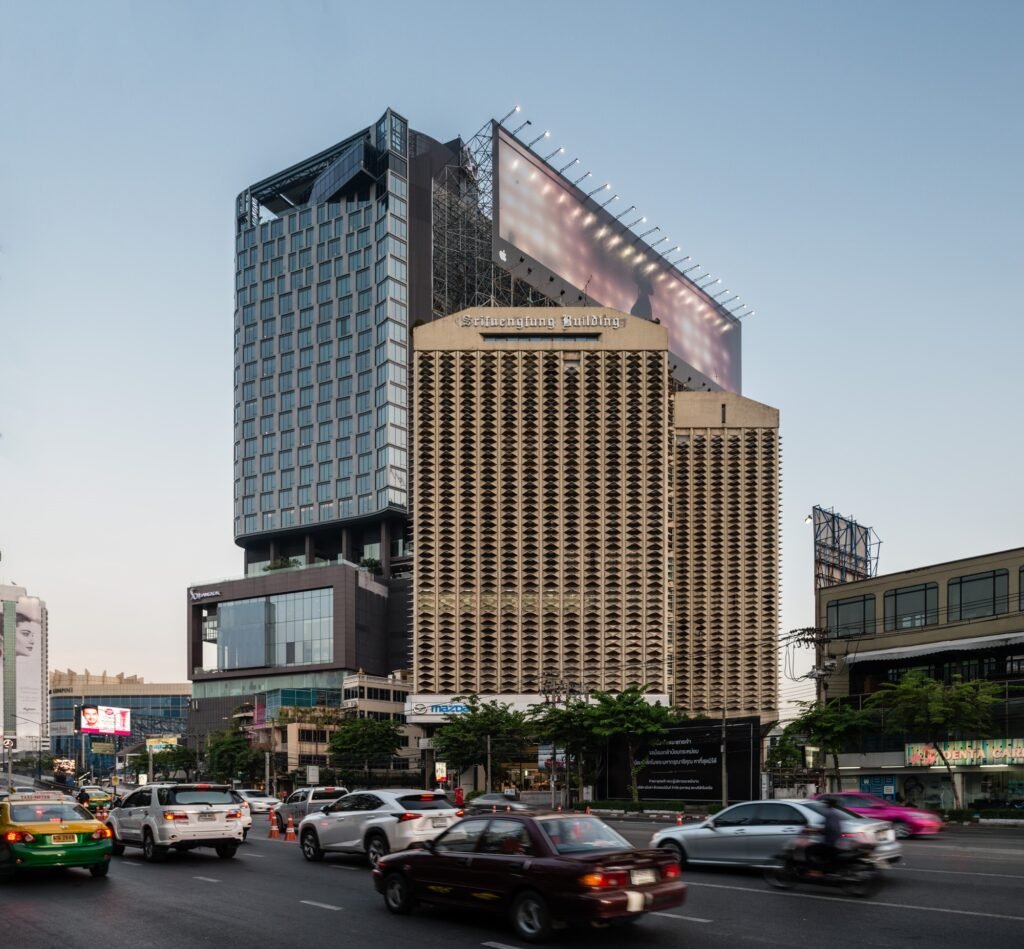

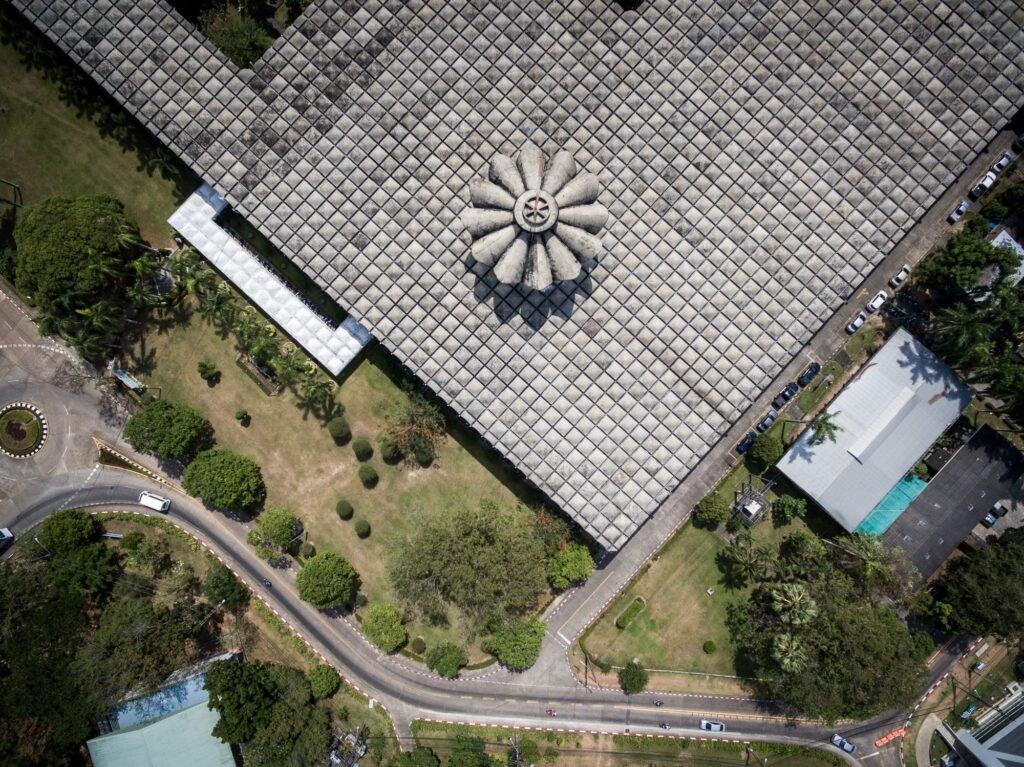

What for you are the ingredients for a lasting or memorable architectural image?
A photograph is just a medium between reality and imagination. It creates an atmosphere of nostalgia, especially for people related to that space.
As a photographer, I try to bring myself to the right place and time. Then I wait to capture “the right moment”.
ภาพถ่ายเป็นเพียงสื่อระหว่างความจริงและจินตนาการ ภาพถ่ายควรจะสร้างบรรยากาศให้เกิดขึ้น ทำให้เราโหยหาความทรงจำจากอดีต โดยเฉพาะผู้คนที่มีความสัมพันธ์กับพื้นที่นั้นๆ
ในฐานะช่างภาพ ผมพยายามพาตัวเองไปอยู่ให้ถูกที่ถูกเวลา เพื่อรอคอยส่วนผสมสำคัญก็คือ “ช่วงเวลา” ที่ปรากฏอยู่หลังภาพถ่ายใบนั้น
Favorite post-photo walk drink?
Beer! That’s my nickname in Thai! •

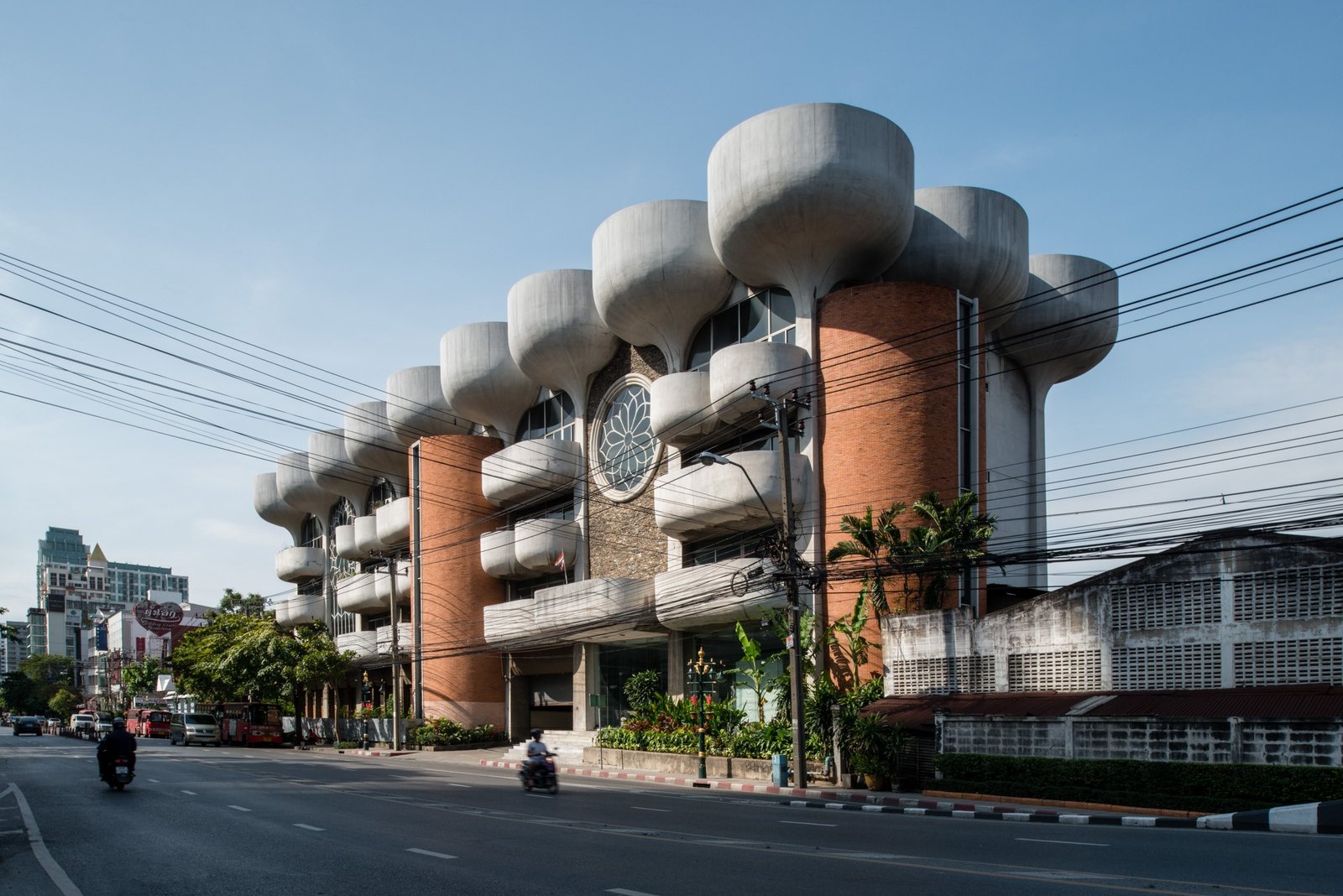
Penang Textile House, Bangkok 

Penang Textile House detail
Thai modernism as depicted through the lens of Beer Singnoi at foto-momo.com and on Instagram @foto_momo


One Response